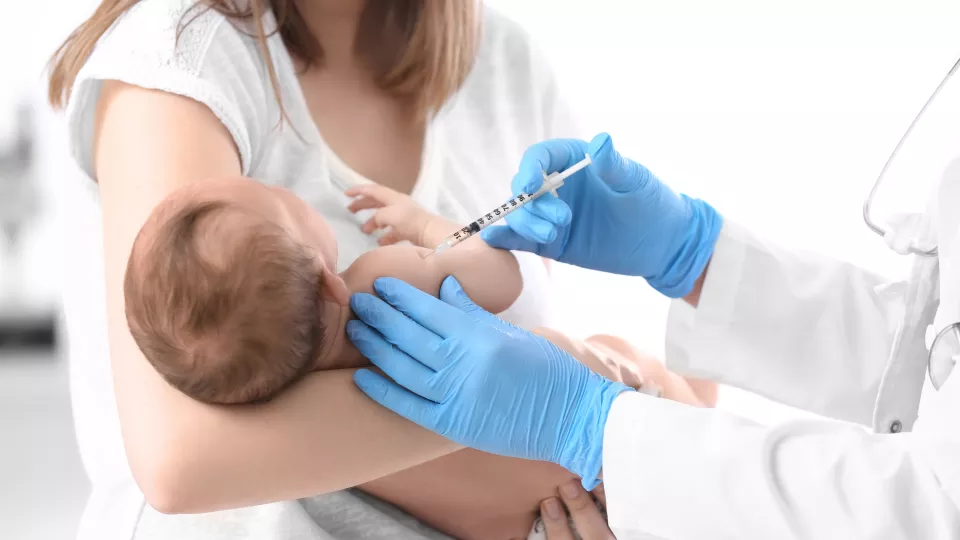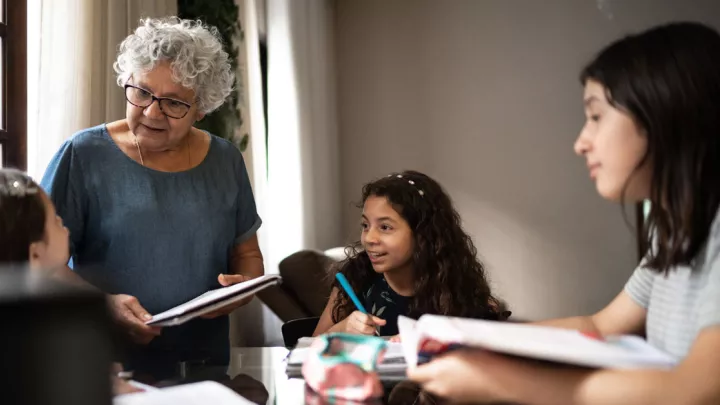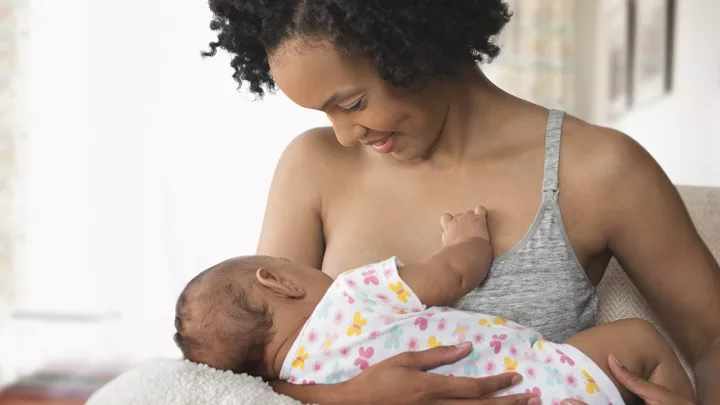
Children’s Hospital Los Angeles Awarded $3 Million to Study How Baby’s First Flu Exposure Affects Later Vaccine Response
Pediatricians have observed that a baby’s early infection with flu impacts their later response to the virus as well as how protected they are by vaccination. To better understand how this “immunological imprinting” occurs, the National Institute of Allergy and Infectious Diseases has awarded Children’s Hospital Los Angeles $3 million to study 450 newborns who will be enrolled over a three-year period. Researchers will follow the children for 7 years to learn how their immune systems develop in response to both flu vaccination and infection.

Influenza viruses are constantly mutating so a new version of the vaccine needs to be developed each year. In spite of these attempts to optimize the vaccine, there are still variables affecting how well it protects against infection. The vaccine is developed against strains of flu that researchers expect will circulate in the community that year. Some years the match is good and most people who are immunized are protected. In other years, the match may not be as optimal. Although the annual changes occurring to the viruses are small, they are seen as significant by our immune systems. That’s why in spite of being immunized or having had the flu in previous years, we may not produce the most optimal immune response and still be susceptible to the viruses.
There are also immunological differences in people receiving the vaccine that can affect how well they are protected. “A child’s first exposure to the flu virus produces the most impactful and long-lasting immunological response,” says Pia Pannaraj, MD, MPH, who will lead the CHLA portion of the study. “That initial exposure sets the bar for a lifetime of immunological responses to influenza.” The strains of flu experienced during this first exposure will confer a lifelong immunologic “imprint” that impacts the ability to respond to future strains of the virus that may be slightly different.
Can the “right” initial exposure be used to provide lifelong protection against the flu or boost the effectiveness of future flu vaccines? Dr. Pannaraj explains that these are some of the questions the study seeks to answer. This knowledge will help move investigators closer to their goal of developing a universal vaccine that can protect people of all ages against multiple strains of influenza, including strains of the next pandemic. In the meantime, this study allows Dr. Pannaraj to continue her research to maximize vaccines effectiveness and she looks forward to the study providing new insights on ways to better protect young children against flu.
The multicenter study team will receive a total award of $35 million and is being led by St. Jude Children’s Research Hospital, Memphis, Tennessee, and the University of Michigan’s School of Public Health; laboratory analyses will be conducted at multiple sites. Children’s Hospital Los Angeles is the only enrolling site in the U. S.; additional infant cohorts will be followed in Nicaragua and New Zealand.
About Children's Hospital Los Angeles
Founded in 1901, Children's Hospital Los Angeles is ranked the top children’s hospital in California and fifth in the nation for clinical excellence with its selection to the prestigious U.S. News & World Report Honor Roll of children’s hospitals. Clinical care is led by physicians who are faculty members of the Keck School of Medicine of USC through an affiliation dating from 1932. The hospital also leads the largest pediatric residency training program at a freestanding children’s hospital of its kind in the western United States. The Saban Research Institute of Children’s Hospital Los Angeles encompasses basic, translational and clinical research conducted at CHLA. To learn more, follow us on Facebook, Instagram, LinkedIn and Twitter, and visit our blog for families (CHLA.org/blog) and our research blog (ResearCHLABlog.org).
Media contact: Ellin Kavanagh,
ekavanagh@chla.usc.edu,
323-361-8505

